#Carlo Cabrini
Explore tagged Tumblr posts
Text
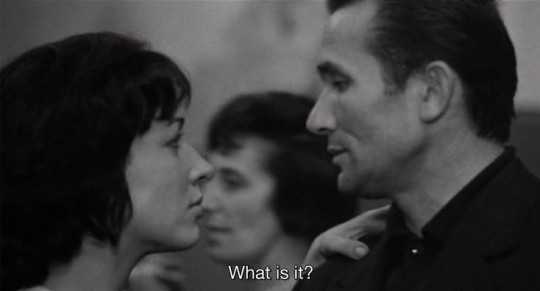
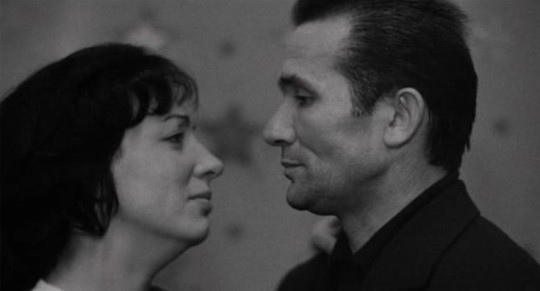
I Fidanzati (1963), Ermanno Olmi
#film#cinema#movies#photography#art#actors#cinematography#film photography#vintage#i fidanzati#ermanno olmi#anna canzi#carlo cabrini#60s#1960s#60s movies#1960s films#movie quotes#italian cinema
19 notes
·
View notes
Photo

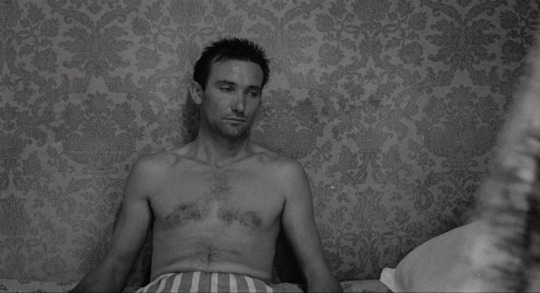
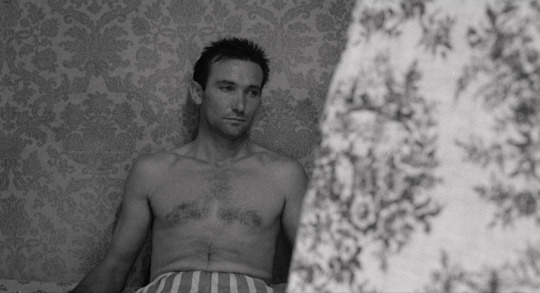
Carlo Cabrini in Ermanno Olmi’s “I fidanzati” (The Fiancés) March 25, 1963.
11 notes
·
View notes
Photo








Ermanno Olmi’s “I fidanzati” (The Fiancés) March 25, 1963
#Ermanno Olmi#I fidanzati#The Fiancés#1963#Sixties#Foreign#🇮🇹#Drama#Romantic Drama#Carlo Cabrini#Stills
8 notes
·
View notes
Text
Litany of American Saints
(Updated 2024)
In the Name of the Father, and of the Son, and of the Holy Spirit, Amen.
Lord, have mercy on us. Christ, have mercy on us. Lord, have mercy on us. Christ, hear us.
God, the Father of heaven, have mercy on us. God the Son, Redeemer of the world, have mercy on us. God the Holy Spirit, have mercy on us. Holy Trinity, one God, have mercy on us.
Our Lady of Guadalupe, pray for us.
Saint Isaac Jogues, pray for us. Saint René Goupil, pray for us. Saint Jean de Lalande, pray for us. All you holy North American Martyrs, pray for us.
Saint Frances Xavier Cabrini, pray for us. Saint Elizabeth Ann Seton, pray for us. Saint John Neumann, pray for us. Saint Rose Philippine Duchesne, pray for us. Saint Katharine Drexel, pray for us. Saint Mother Théodore Guérin, pray for us. Saint Damien de Veuster of Molokai, pray for us. Saint Marianne Cope of Molokai, pray for us. Saint Kateri Tekakwitha, pray for us. Saint Junípero Serra, pray for us.
Blessed Eduardo Farre, pray for us. Blessed Carlos Manuel Rodriguez, pray for us. Blessed Diego Luis de San Vitores, pray for us. Blessed Francis Xavier Seelos, pray for us. Blessed Lucas Tristany, pray for us. Blessed Carlos Manuel Rodriguez Santiago, pray for us. Blessed Michael McGivney, pray for us. Blessed Sister Miriam Teresa, pray for us. Blessed Stanley Rother, pray for us. Blessed Solanus Casey, pray for us. Blessed Leo William Miller, pray for us.
Venerable Antonio of Jesus, pray for us. Venerable Nelson Baker, pray for us. Venerable Frederic Baraga, pray for us. Venerable Cornelia Connelly, pray for us. Venerable Henriette DeLille, pray for us. Venerable Teresa Demjanovich, pray for us. Venerable Maria Kaupas, pray for us. Venerable Mary Theresa Dudzik, pray for us. Venerable Samuel Charles Mazzuchelli, pray for us. Venerable Mary Angeline Teresa McCrory, pray for us. Venerable Fulton J. Sheen, pray for us. Venerable Pierre Toussaint, pray for us. Venerable Félix Varela, pray for us. Venerable Augustus Tolton, pray for us. Venerable Rafael Cordero Molina, pray for us. Venerable Aloysius Schwarz, pray for us. Venerable Alphonse Gallegos, pray for us. Venerable Patrick Peyton, pray for us. Venerable Norbert McAuliffe, pray for us. Venerable Eusebio Kino, pray for us. Venerable Mary Elizabeth Lange, pray for us. Venerable Rose Hawthorne, pray for us.
Lord, be merciful. Lord, save your people. From all evil, Lord, save your people. From all sin, Lord, save your people. From your wrath, Lord, save your people. From injustice, Lord, save your people. From oppression, Lord, save your people. From hatred and intolerance, Lord, save your people. From anger and ill-will, Lord, save your people. From violence and bloodshed, Lord, save your people. From indifference to suffering, Lord, save your people. From all the snares of the devil, Lord, save your people. By the mystery of your holy Incarnation, Lord, save your people. By your Coming, Lord, save your people. By your Birth, Lord, save your people. By your Baptism and holy fasting, Lord, save your people. By your Cross and Passion, Lord, save your people. By your Death and Burial, Lord save your people. By your holy Resurrection, Lord, save your people. By your wonderful Ascension, Lord, save your people. By the coming of the Holy Spirit, Lord, save your people. On the day of judgment, Lord, save your people.
Be merciful to us sinners, Lord, hear our prayer. That you will spare us, Lord, hear our prayer. That you will pardon us, Lord, hear our prayer. That it may please you to bring us to true penance, Lord, hear our prayer. Guide and protect your Holy Church, Lord, hear our prayer. Preserve in holiness the Pope and all the clergy, Lord, hear our prayer. Humble the enemies of the Church, Lord, hear our prayer. Give peace and unity to the whole Christian people, Lord, hear our prayer. Guide all those who serve us in civil government, Lord, hear our prayer. Protect all those who serve in our armed forces, Lord, hear our prayer. Grant eternal rest to all those who have died in defense of liberty, Lord, hear our prayer. Give courage to those who stand for justice, Lord, hear our prayer. Strengthen and preserve us in your holy service, Lord, hear our prayer. Deliver our souls from eternal damnation, Lord, hear our prayer. Grant eternal rest to all the faithful departed, Lord, hear our prayer. That it may please you to hear and heed us, Jesus, Son of the Living God, Lord, hear our prayer.
Lamb of God, who takes away the sins of the world, spare us, O Lord! Lamb of God, who takes away the sins of the world, graciously hear us, O Lord! Lamb of God, who takes away the sins of the world, have mercy on us.
Christ, hear us. Lord Jesus, hear our prayer. Lord, have mercy on us. Christ, have mercy on us. Lord, have mercy on us.
In the Name of the Father, and of the Son, and of the Holy Spirit, Amen.
25 notes
·
View notes
Text
youtube
National anthems of all FIFA World Cup champions (1974-2018) National anthems of all FIFA World Cup champions (1974-2018) Lineups : ����🇪 GERMANY 1974 - Sepp Maier, Berti Vogts, Franz Beckenbauer (c), Hans-Georg Schwarzenbeck, Paul Breitner, Rainer Bonhof, Wolfgang Overath, Uli Hoeneß, Jürgen Grabowski, Bernd Hölzenbein, Gerd Müller. 🇦🇷 ARGENTINA 1978 - Ubaldo Fillol, Jorge Olguín, Luis Galván, Daniel Passarella (c), Alberto Tarantini, Américo Gallego, Osvaldo Ardiles, Mario Kempes, Daniel Bertoni, Oscar Alberto Ortiz, Leopoldo Luque. 🇮🇹 ITALY 1982 : Dino Zoff (c), Gaetano Scirea, Claudio Gentile, Fulvio Collovati, Giuseppe Bergomi, Antonio Cabrini, Gabriele Oriali, Marco Tardelli, Bruno Conti, Francesco Graziani, Paolo Rossi. 🇦🇷 ARGENTINA 1986 : Nery Pumpido, José Luis Brown, José Luis Cuciuffo, Oscar Ruggeri, Ricardo Giusti, Julio Olarticoechea, Sergio Batista, Jorge Burruchaga, Héctor Enrique, Diego Maradona (c), Jorge Valdano. 🇩🇪 GERMANY 1990 : Bodo Illgner, Klaus Augenthaler, Guido Buchwald, Jürgen Kohler, Thomas Berthold, Andreas Brehme, Thomas Häßler, Lothar Matthäus (c), Pierre Littbarski, Rudi Völler, Jürgen Klinsmann. 🇧🇷 BRAZIL 1994 : Cláudio Taffarel, Jorginho, Aldair, Marcio Santos, Branco, Mauro Silva, Dunga (c), Mazinho, Zinho, Romário, Bebeto. 🇫🇷 FRANCE 1998 : Fabien Barthez, Lilian Thuram, Frank Leboeuf, Marcel Desailly, Bixente Lizarazu, Didier Deschamps (c), Christian Karembeu, Emmanuel Petit, Zinedine Zidane, Youri Djorkaeff, Stéphane Guivarc'h. 🇧🇷 BRAZIL 2002 : Marcos, Lúcio, Edmílson, Roque Júnior, Cafu (c), Gilberto Silva, Kléberson, Roberto Carlos, Ronaldinho, Rivaldo, Ronaldo. 🇮🇹 ITALY 2006 : Gianluigi Buffon, Gianluca Zambrotta, Fabio Cannavaro (c), Marco Materazzi, Fabio Grosso, Mauro Camoranesi, Gennaro Gattuso, Andrea Pirlo, Simone Perrotta, Francesco Totti, Luca Toni. 🇪🇸 SPAIN 2010 : Iker Casillas (c), Sergio Ramos, Gerard Piqué, Carles Puyol, Joan Capdevila, Sergio Busquets, Xabi Alonso, Xavi, Andrés Iniesta, Pedro, David Villa. 🇩🇪 GERMANY 2014 : Manuel Neuer, Philipp Lahm (c), Jérôme Boateng, Mats Hummels, Benedikt Höwedes, Christoph Kramer, Bastian Schweinsteiger, Thomas Müller, Toni Kroos, Mesut Özil, Miroslav Klose. 🇫🇷 FRANCE 2018 : Hugo Lloris (c), Benjamin Pavard, Raphaël Varane, Samuel Umtiti, Lucas Hernandez, Paul Pogba, N'Golo Kanté, Kylian Mbappé, Antoine Griezmann, Blaise Matuidi, Olivier Giroud. via YouTube https://www.youtube.com/watch?v=CIqIg19jZTY
0 notes
Text



Concejo Municipal de Rosario
FUNCIÓN ESTRENO DEL PROGRAMA “PRIMERA VEZ AL TEATRO”
Doce colegios fueron convocados para disfrutar de la primera función de “Peter Pan” en el Teatro El Círculo.
El pasado mes de abril, la presidenta del Concejo Municipal, María Eugenia Schmuck, y el titular de la Asociación Cultural El Círculo, Guido Martínez Carbonell, firmaron un convenio por el que en el transcurso del corriente año se desarrollará el Programa “Primera vez al teatro”, a partir de una iniciativa de la edila Nadia Amalevi, de Arriba Rosario.
Entre los colegios citados se encontraban: Jardín El Ceibo de Anahí N° 65, Escuela N° 1095 Dr. Luis Chorroarín, Maestro Sergio del Coro 1326, Normal 3, Nuestra Señora de Itatí N° 1193, Jardín N° 46 Dr. Alberto Schweitzer, Dr. Carlos Sylvestre Begnis, Escuela Intercultural Bilingüe N° 1344 de la Comunidad Qom, Escuela República de Bolivia, Madre Cabrini, Escuela 1279 Brigadier Estanislao López, Escuela Juana Manso y Escuela Especial Padre Enrique Contardi N° 1250.
Los alumnos se fueron ubicando uno a uno en las butacas del teatro, donde previamente a la obra disfrutaron de un juego de luces ubicadas en la cúpula. Claudia Sabattini, encargada de Idea y Dirección del Ciclo “Hoy Tenemos Función” y las visitas guiadas, fue la encargada de contarles la historia del lugar.
Junto a Sabattini, estuvieron presentes la presidenta del Concejo Municipal, María Eugenia Schmuck; la edila Nadia Amalevi, y la secretaria de Comunicación del Concejo, Beatriz Priotti.
“Para nosotros es un placer, cuando asumimos la presidencia del concejo municipal nos propusimos que no sólo haga las ordenanzas, sino también trabajara para mejorar las condiciones de acceso y oportunidades de muchos chicos y chicas de la ciudad” expresó Schmuck.
Las escuelas primarias interesadas en participar en el ciclo “Primera vez al teatro” deben escribir al correo electrónico [email protected], consignando el nombre de la escuela, grado o año que realizará la visita, cantidad de alumnas y alumnos, y un número telefónico de contacto.
El lunes 31 de julio a las 10, se pondrá en escena la obra “La casa de Bernarda Alba”; el lunes 7 de agosto a las 14, “Peter Pan”; y el lunes 2 de octubre a las 14, “La Casa de Bernarda Alba”.
0 notes
Text
CICLO DE CONCIERTOS DE MUSICA CONTEMPORANEA
I) TEATRO SANTA UNION (Salta 2763, 29-Jun-1973)
ANABELLA (Ana María Berghella)
PABLO EL ENTERRADOR (Jorge Antún, Koky Antón, Carlos Sabia, Rubén Goldín)
LLANTO DEL PADRE SOL (Ricardo ‘Richard’ Grassi, Héctor ‘Pichi’ DeBenedictis, Enzo Diamelio)
EXTASIS (Fernando De La Riestra, Enrique Scheinfeld, Jorge Lutzowholm, Rubén Bass)
GRUPO DE MUSICOS DE AMADER (zapada)
Afiche
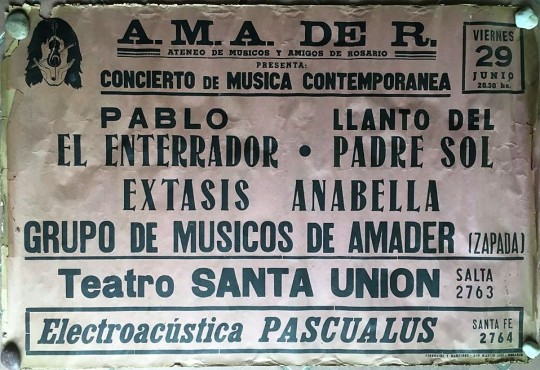
Volante
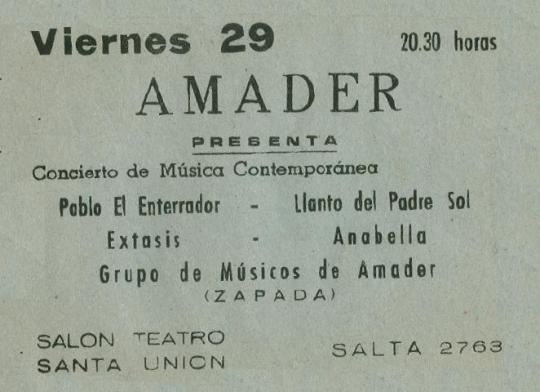
Catálogo (click para abrir)
II) AUDITORIO CIUDAD DE ROSARIO (Bvd Oroño 3453, 20-Jul-1973)
AMOR (Daniel Torreiro, Juan Carlos D’Assoro, Daniel Galimberti, Enzo Diamelio)
JUANCHO (Juan Barcos)
AMALGAMA (Eduardo Scampino, Eduardo ‘Lalo’ De Los Santos, Osvaldo ‘Conejo’ González Rubio, Ricardo ‘Topo’ Carbone, Enrique Del Cherico)
AMBAR (Héctor Invernizzi, José Melfi, Raúl Benítez, Daniel Bertoglio, Oscar Bertoglio)
Afiche

Volante
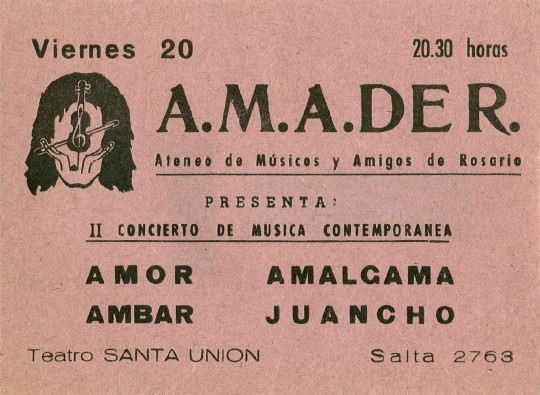
Catálogo (click para abrir)
III) AUDITORIO SAN MARTIN (Av. Pellegrini 250, 3-Ago-1973)
PARVA (Moisés Edery, Fernando Fideleff, Jorge Migoya, Daniel Bresca)
ANABELLA (Ana María Berghella)
EXTASIS (Fernando De La Riestra, Enrique Scheinfeld, Jorge Lutzowholm, Rubén Bass)
PABLO EL ENTERRADOR (Jorge Antún, Koky Antón, Carlos S abia, Rubén Goldín)
Afiche

Volante
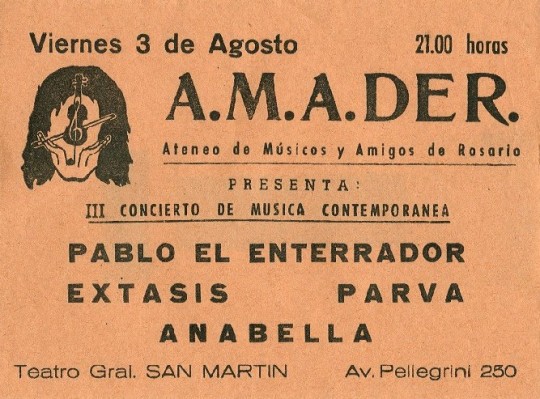
Catálogo (click para abrir)
IV) TEATRO MADRE CABRINI (Av. Pellegrini 669, 24-Ago-1973)
JUANCHO (Juan Barcos)
EL ANGULO (Feliciano Ramos, Héctor Omar Pogonza, José Luis Ramos, Néstor Ricardo Raschia)
MANDINGA EL PESADO (Luis Fuster, Carlos Corbella, Claudio Alonso, Eduardo Alonso)
PICHY + ENSAYOS (Pichy, Liliana, José Luis, Lucas)
Afiche
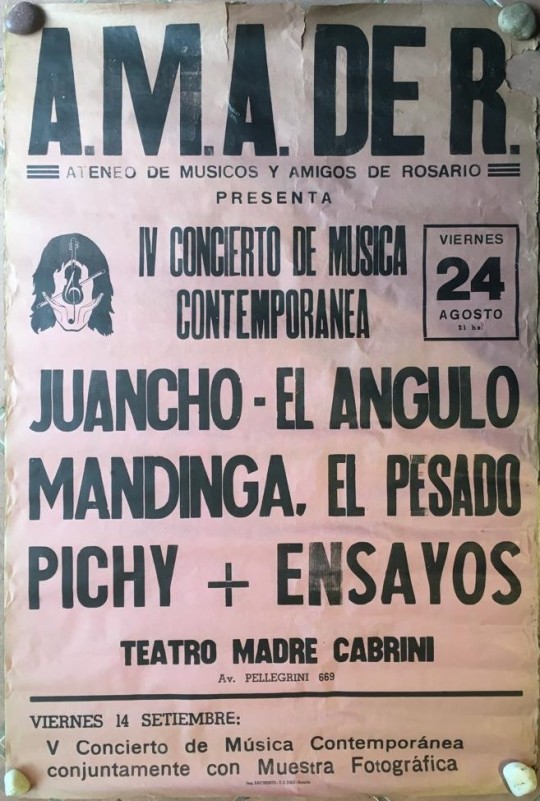
Catálogo (click para abrir)
V) TEATRO MARIA AUXILIADORA (San Juan 1650, 14-Set-1973)
RICHARD Y NUEVO DIA (con Jorge Fandermole)
EXPERIENCIA
TRIO FE
AMBAR
MUESTRA FOTOGRAFICA
SUSPENDIDO
Afiche
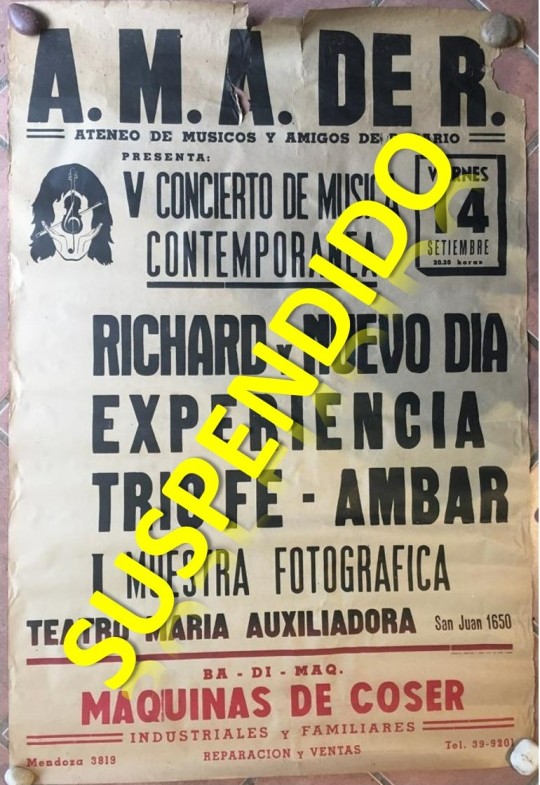
VI) AUDITORIO SAN MARTIN (Av. Pellegrini 250, 16-Nov-1973) - Grassi Producciones
ANABELLA (Ana María Berghella) (con Eduardo De Los Santos y Guillermo Garabelli)
EL ANGULO (Feliciano Ramos, Héctor Omar Pogonza, José Luis Ramos, Néstor Ricardo Raschia)
PABLO EL ENTERRADOR (Jorge Antún, Koky Antón, Carlos Sabia, Rubén Goldín) (con Patricia Larguía, Mónica Acevedo, Graciela Muñoz y Gabriel Rodríguez)
Catálogo (click para abrir)
La sigla AMAdeR supone todo un mojón en la historia del rock local, al permitir por fuera de la centralidad porteña un espacio de difusión alternativo y de pertenencia para los jóvenes artistas hasta ese momento marginados de la escena musical. Por vez primera el rock accedía a auditorios y teatros, dejando atrás los clubes de barrio y los bailes de carnaval y dando nueva forma a la cultura musical de la ciudad.

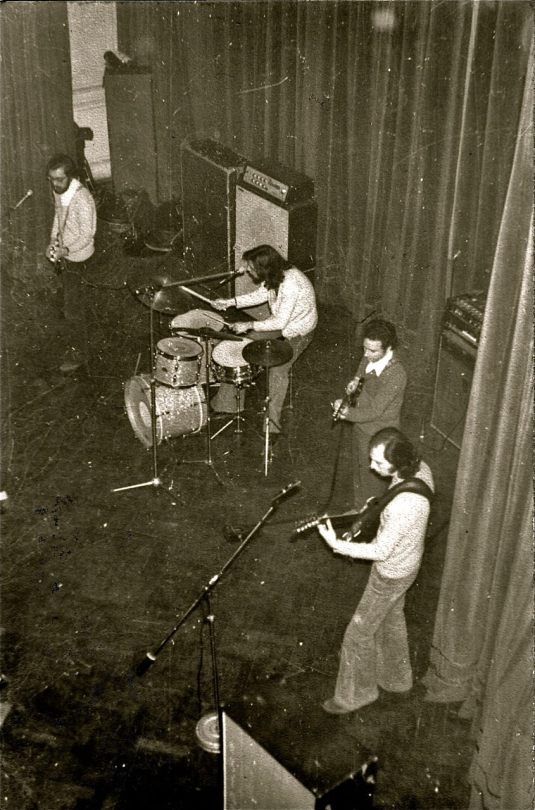

Y fue también el debut de aquellos ‘Pablos’ prístinos, tan fértiles como inéditos; su mera evocación enternece mi alma de encanto, la invade de añoranza… Cualquier referencia ajena a ellos (aún con la imprecisión lógica de toda transmisión oral), a hechos que me tocan tan de cerca y que el destino quiso que conociera de primera mano ―en algún caso, hasta con cierto grado de protagonismo―, inevitablemente me produce un cosquilleo interior… Y una sensación rara, como de extrañeza. Es, de pronto, sentir que eso que se relata a modo de leyenda (y en gran medida lo es) me consta personalmente, forma parte (muy cara) de mi historia personal. Es caer en la cuenta de que, aún sin haber sido yo plenamente consciente de ello en ese momento, me tocó vivir (cuanto menos, como testigo privilegiado) una etapa dorada, signada por una búsqueda pretendidamente trascendente.
1 note
·
View note
Photo
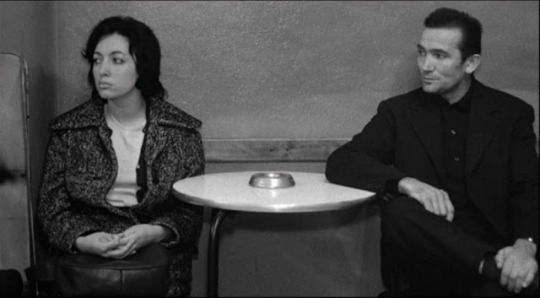
Anna Canzi and Carlo Cabrini in I Fidanzati (Ermanno Olmi, 1963) Cast: Anna Canzi, Carlo Cabrini. Screenplay: Ermanno Olmi. Cinematography: Lamberto Caimi. Art direction: Ettore Lombardi. Film editing: Carla Colombo. Music: Gianni Ferrio Ermanno Olmi's I Fidanzati begins with an empty room, a kind of stage if you will, on which the first act of his small romantic drama will be played out. It's a large room, apparently some kind of meeting hall, in which the chairs and tables have been pushed to the sides. People begin to enter, including two men who scatter wax on what will become a dance floor. A pianist and an accordionist take their places on a small stage in a corner, and the tables and chairs along the walls begin to be occupied by people, some couples, some single. They are ordinary looking people, plain and paunchy and many of them middle-aged, but Olmi manages to direct our attention to a younger couple who are somewhat better-looking than most of the others in the room: She's pretty in a fresh, unmade-up way; he's craggily handsome. They are Liliana (Anna Canzi) and Giovanni (Carlo Cabrini), the engaged couple of the film's title, but they're also oddly tense with each other, as if they've just had a quarrel. When the musicians strike up a banal foxtrot, people slowly, self-consciously take the floor, starting with a pair of elderly women. Liliana and Giovanni watch the dancers silently until he stands up and invites her to dance with him. She indicates her lack of interest, so he crosses the room and finds another woman to dance with. Liliana and Giovanni have been engaged for a long time, never having quite saved enough money from their jobs to get married and find a place of their own. They are at odds tonight because he has just been offered a job by his company that includes advancement and better pay, but the job is in Sicily, hundreds of miles to the south, and she can't go with him. I Fidanzati, in short, is about the incompatibility of love and work. It's also set in a crucial moment in Italian history, when the postwar industrial and economic boom has begun to transform people's lives. Olmi's film, then, might be compared to Rainer Werner Fassbinder's films set in the era of the German Wirtschaftswunder, when prosperity upended people's lives. Nothing so drastic happens to Giovanni as happens to Fassbinder's Ali in Ali: Fear Eats the Soul (1974), of course, but when he takes the job in Sicily Giovanni finds himself in much the same position as Ali: a stranger in a strange land, uprooted from all that's familiar, especially his long-term relationship with his fiancée. Fortunately, absence makes the heart grow fonder, and in separation Giovanni and Liliana find their relationship undergoing some kind of renewal. Olmi is not a sentimental sap, however, and he chooses to conclude his film with a thunderstorm that interrupts a telephone call between the fidanzati, which some interpret as a symbol of their ongoing differences. But sometimes a thunderstorm is just a thunderstorm, and what really matters in Olmi's film is the skill with which he establishes the two characters, the deep authenticity of the two hitherto unknown actors who play them, the artful use of flashbacks and narrative disjunctions to create a mood and tone, and a camera that seeks out the beauty amid banality.
3 notes
·
View notes
Photo



#I fidanzati#1963#Ermanno Olmi#Carlo Cabrini#Anna Canzi#cinema#movie#film#filmmaking#cinematic#cinematography#actor#actress#filmmaker#director
23 notes
·
View notes
Photo








I Fidanzati (1962, Ermanno Olmi)
45 notes
·
View notes
Photo

I fidanzati (Ermanno Olmi, 1962)
#i fidanzati#ermanno olmi#carlo cabrini#anna canzi#1962#cinema italiano#italian cinema#italian movies#italian film
1 note
·
View note
Text

The Juventus captains (by JVLCSDSGN)
#juventus#giorgio chiellini#gianluigi buffon#alessandro del piero#antonio conte#gianluca vialli#roberto baggio#stefano tacconi#sergio brio#antonio cabrini#gaetano scirea#giuseppe furino#pietro anastasi#sandro salvadore#ernesto castano#omar sivori#flavio emoli#giampiero boniperti#carlo parola#pietro rava#mario varglien#luis monti#virginio rosetta#carlo bigatto#queue
18 notes
·
View notes
Photo

The Best Left-Backs of All Time
#Antonio Cabrini#Ashley Cole#Denis Irwin#evergreen#Giacinto Facchetti#Marcelo#Nilton Santos#Paolo Maldini#Paul Breitner#Roberto Carlos#Ruud Krol
0 notes
Photo

Ermanno Olmi’s “I fidanzati” (The Fiancés) March 25, 1963 (Poster art by Tony Stella).
#Ermanno Olmi#I fidanzati#The Fiancés#1963#Sixties#Foreign#🇮🇹#Romantic Drama#Drama#Carlo Cabrini#Anna Canzi#4/5
2 notes
·
View notes
Text
WORLD CUP FINAL STATISTICS:1930-2018 PART 1
No. of Finals: 21
Goals scored: 77
Average: 3.67 goals per Final
Most goals match: 7
(Brazil 5 Sweden 2, 1958)

One 0-0 draw (after extra time), Brazil v Italy, 1994 (Brazil won on penalties). Roberto Baggio after missing the decisive penalty.
Most goals team: 5 (Brazil, 1958)
First team failed to score in a Final: Argentina, 1990 (14th Final)
Most goals individual: 3

Vava, Brazil 1958 & 1962
Geoff Hurst, England 1966
Pele , Brazil, 1958 & 1970
Zinedine Zidane, France 1998 & 2006

Zidane scores his first goal in the 1998 Final.

Quickest goal: Johan Neeskens (Netherlands), 2nd minute v West Germany, 1974
Latest goal: Geoff Hurst (England), 120th minute v West Germany, 1966
Youngest scorer:
Pele (Brazil), 1958, 17 years 249 days
Oldest scorer:
Nils Liedholm (Sweden), 1958, 35 years 263 days
Best goal**:
3rd Mbappe (France) 2018
2nd Pele (Brazil) 1958 - first goal

1st Carlos Alberto (Brazil) 1970
**In my opinion

Most controversial goal: Geoff Hurst’s second goal in 1966, giving England a 3-2 lead. Did it cross the line?
Penalties scored*: 5
First penalty: Johan Neeskens (Netherlands), 1974
Penalties missed*: 1
Antonio Cabrini (Italy), 1982
*Not including penalty shootouts
Own goals: 1
Mario Mandzukic (Croatia), (who scored at the other end too), 2018
Youngest winner:

Pele (Brazil), 1958, 17 years 249 days
Oldest winner:
Dino Zoff (Italy), 1982, 40 years 133
days

Uniquely Luis Monti played two Finals for two different countries: losing with Argentina in 1930 and winning with Italy in 1934.
Red cards: 5

Pedro Monzon (Argentina), 1990
Gustavo Dezotti (Argentina), 1990
Marcel Desailly (France) 1998
Zinedine Zidane (France), 2006
John Heitinga (Netherlands), 2010
#world cup#brazil nt#germany nt#italy nt#england nt#uruguay nt#argentina nt#france nt#roberto baggio#zinedine zidane#johan neeskens#carlos alberto#geoff hurst#pele
2 notes
·
View notes
Photo

16-Joueur le plus jeune à avoir remporté la Coupe du Monde Pelé (Brésil) : 17 ans et 249 jours en 1958 17-Joueur le plus âgé à avoir remporté la Coupe du Monde Dino Zoff (Italie) : 40 ans et 133 jours en 1982 18-Joueurs ayant le plus grand nombre de matches joués en Coupe du Monde _A-Lothar Matthâus (Allemagne) : 25 matches_ _B-Miroslav Klose (Allemagne) : 24 matches_ _C-Paolo Maldini (Italie) : 23 matches_ _D-Diego Maradona (Argentine) : 21 matches_ _E-Wladislav Zmuda (Pologne) : 21 matches_ _F-Uwe Seeler (Allemagne) : 21 matches_ _G-Bastian Schweinsteiger (Allemagne) : 20 matches_ _H-Philipp Lahm (Allemagne) : 20 matches_ _I-Javier Mascherano (Argentine) : 20 matches_ _J-Grzegorz Lato (Pologne) : 20 matches_ _K-Cafu (Brésil) : 20 matches_ _L-Berti Vogts (Allemagne) : 19 matches_ _M-Karl-Heinz Rummenigge (Allemagne) : 19 matches_ _N-Per Mertesacker (Allemagne) : 19 matches_ _O-Wolfgang Overath (Allemagne) : 19 matches_ _P-Ronaldo (Brésil) : 19 matches_ _Q-Franz Beckenbauer (Allemagne) : 18 matches_ _R-Carlos Dunga (Brésil) : 18 matches_ _S-Claudio Taffarel (Brésil) : 18 matches_ _T-Sepp Maier (Allemagne) : 18 matches_ _U-Thomas Berthold (Allemagne) : 18 matches_ _V-Gaetano Scirea (Italie) : 18 matches_ _W-Antonio Cabrini (Italie) : 18 matches_ _X-Mario Kempes (Argentine) : 18 matches_ _Y-Fabio Cannavaro (Italie) : 18 matches_ 19-Palier des buts inscrits en Coupe du Monde _A-1er but : Lucien Laurent (France) contre le Mexique en 1930._ _B-500e but : Bobby Collins (Ecosse) contre le Paraguay en 1958._ _C-1000e but : Rob Rensenbrink (Pays-Bas) contre l'Ecosse en 1978._ _D-1500e but : Claudio Caniggia (Argentine) contre le Nigeria en 1994._ _E-2000e but : Marcus Allbâck (Suède) contre l'Angleterre en 2006._ _F-2100e but : Javier Hernandez (Mexique) contre la France en 2010._ _G-2200e but : Arjen Robben (Pays-Bas) contre l'Uruguay en 2010._ _H-2300e but : Jermaine Jones (Etats-Unis) contre le Portugal en 2014._ _I-2400e but : Luka Modric (Croatie) contre le Nigéria en 2018. 20-Buts les plus rapides dans un match de Coupe du monde _A-Hakan Sükür (Turquie) après seulement 10,8 secondes contre la Corée du Sud en 2002._ _B-Vaclav Masek (Tchécoslovaquie) après 15 seconde https://www.instagram.com/p/Ck8mJCNrPjO/?igshid=NGJjMDIxMWI=
0 notes